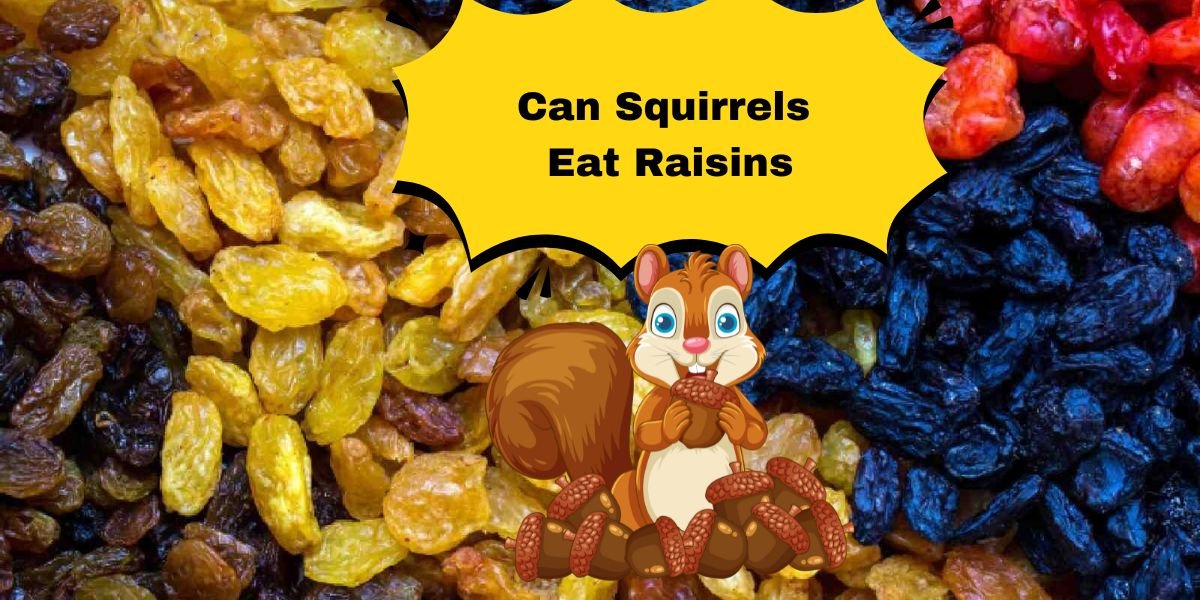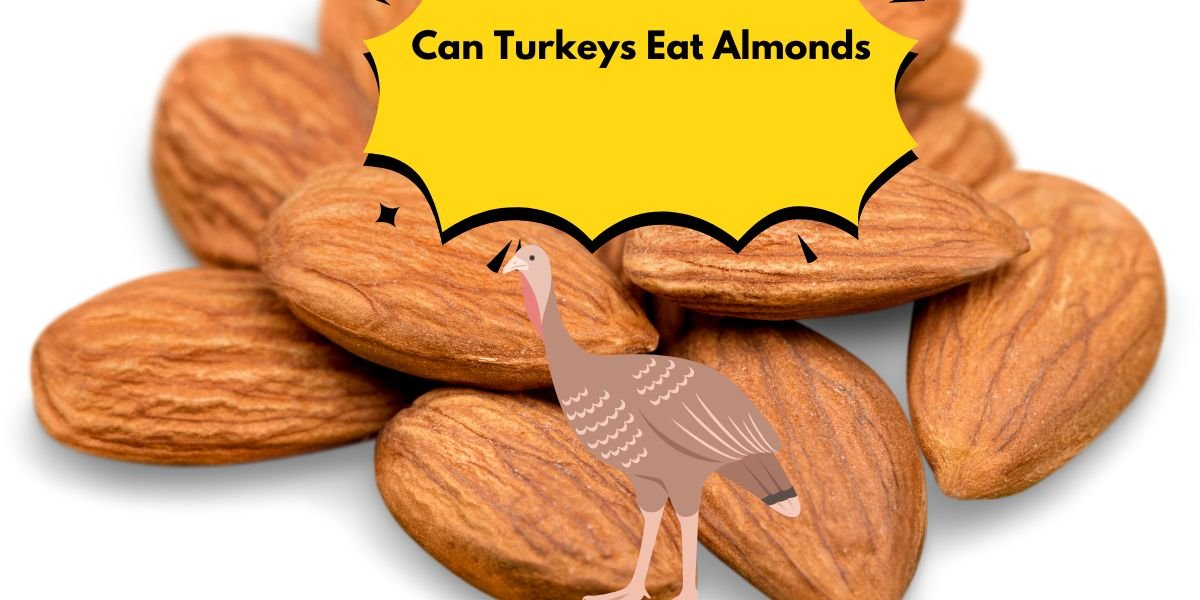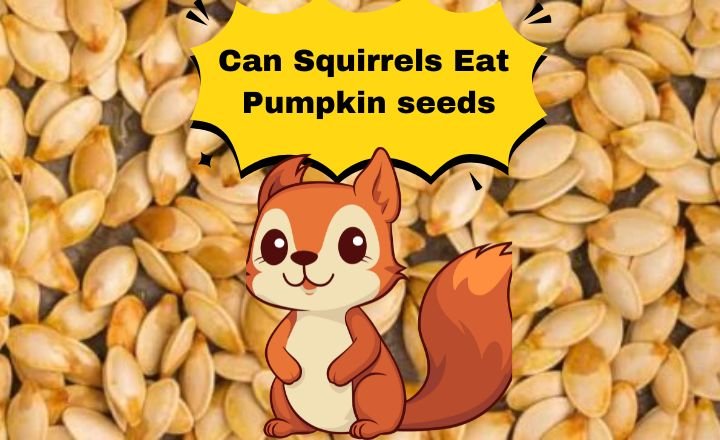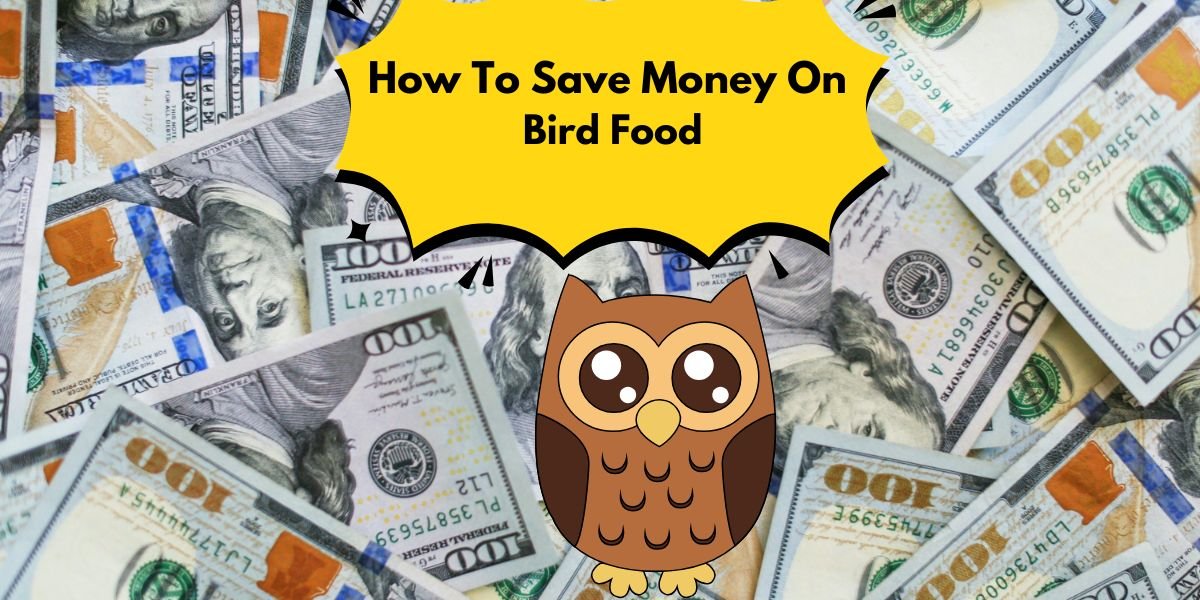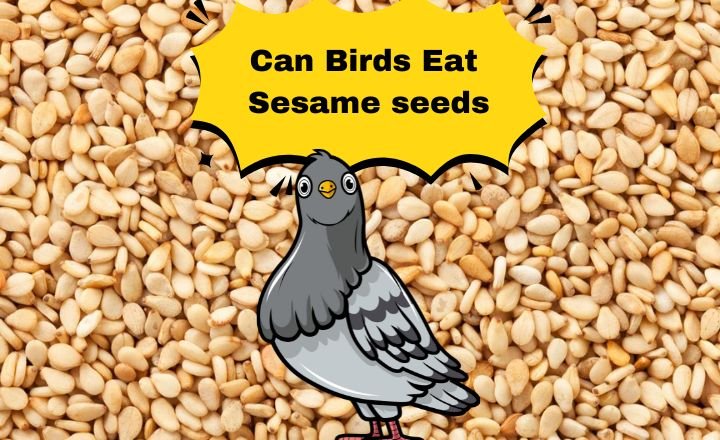Can Birds Eat Olives?
Did you know that some birds have a diet that surprisingly resembles our own? In this guide, we will explore the intriguing question: Can birds eat olives? Understanding what foods are safe for our feathered friends is crucial not only for pet owners but also for anyone who enjoys birdwatching or feeding wild birds. By the end of this read, you’ll gain insights into the nutritional aspects of olives and learn how they can fit into a bird’s diet.
Nutritional Value of Olives for Birds
Olives are not just a delightful snack for humans; they offer an impressive nutritional profile that can benefit our feathered friends as well. Rich in healthy fats, particularly monounsaturated fatty acids, olives can provide birds with a quick source of energy, essential for their active lifestyles.
These fats support overall health and help maintain optimal feather condition, which is crucial for insulation and flight. Olives contain antioxidants like vitamin E and polyphenols, which can boost the immune system of birds.
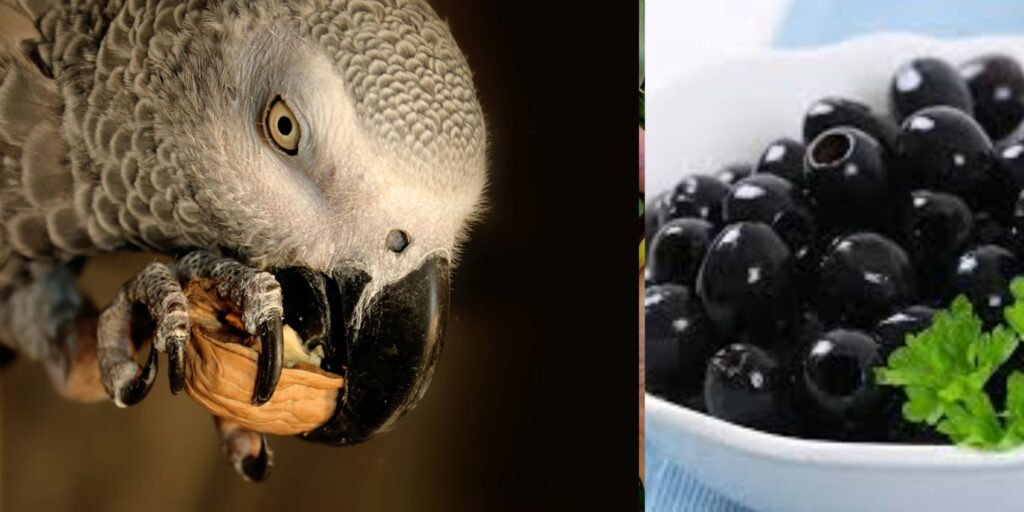
These compounds combat oxidative stress, potentially reducing the risk of chronic diseases. The fiber content in olives aids digestion, promoting gut health in various bird species.
Types of Olives and Suitability for Birds
- Fresh, Raw Olives
- Jarred or Canned Olives
- High Salt Content is Harmful to Birds
- Remove The Pits and Cut the Olives Into Small Pieces.
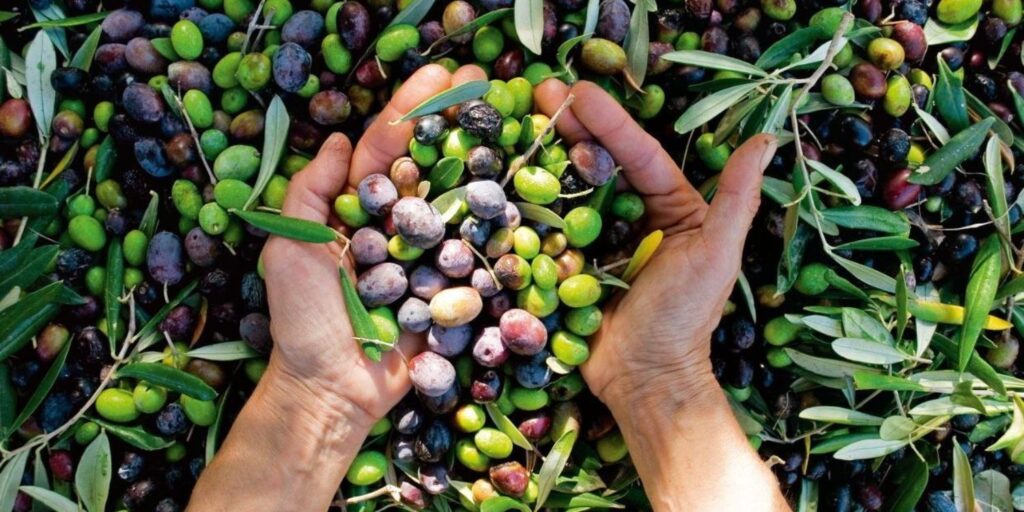
Fresh, raw olives
Fresh, raw olives present a fascinating culinary experience that diverges significantly from their brined or cured counterparts. While most people are familiar with the rich, savory flavors of processed olives, the raw versions boast a unique bitterness that can be both surprising and intriguing.
These unprocessed fruits are packed with nutrients, including healthy fats and antioxidants, making them a worthy addition to a balanced diet. The vibrant green hues of fresh olives hint at their potential, offering a myriad of possibilities for culinary experimentation, whether tossed in salads or blended into dips.
Jarred or Canned Olives
When You choose between jarred and canned olives, the decision often hinges on flavor and texture. Jarred olives are typically preserved in a brine or oil that enhances their taste, offering a fresher, more vibrant flavor profile.
This method of preservation tends to maintain the olives’ integrity, resulting in a firmer bite that many culinary enthusiasts prefer. On the other hand, canned olives are often pitted and sliced for convenience, making them a go-to option for quick snacks or recipes. they may lack the depth of flavor found in their jarred counterparts, as they often undergo a more extensive processing method.
High Salt Content is Harmful to Birds
The impact of salt extends beyond immediate health concerns; it can also affect a bird’s long-term well-being. Birds consume food in proportion to their body weight, meaning that even small amounts of high-salt foods like olives can be harmful.
It’s crucial for bird owners to be aware of the hidden dangers of seemingly innocuous treats and to explore healthier alternatives. Fresh fruits and vegetables provide essential nutrients without the detrimental effects of excess sodium, ensuring our avian companions thrive in their environments.
Remove The Pits and Cut the Olives Into Small Pieces.
When preparing olives for culinary delights, removing the pits is a crucial step that enhances both flavor and texture. Pitting olives not only makes them easier to incorporate into dishes but also allows the rich, briny essence of the fruit to meld seamlessly with other ingredients.
Once the pits are out, cutting the olives into small pieces opens up a world of possibilities. Finely chopped olives can elevate tapenades, salads, and portions of pasta, adding depth and a delightful burst of umami.
Which Birds Eat Olives?
- Starlings
- Robins
- Mockingbirds
- European Blackbirds
- Orioles
- Woodpeckers

Starlings
Starlings are omnivorous and quite opportunistic. They forage on a diverse range of foods, including fruits, insects, and even scraps from human activities. Starlings, often recognized for their iridescent plumage and mesmerizing murmurations, are fascinating birds that exhibit remarkable social behavior.
These avian performers gather in large flocks, creating dynamic aerial displays that captivate onlookers and serve as a defense mechanism against predators. This synchronized movement, often seen at dusk, is believed to confuse and deter birds of prey, showcasing the incredible adaptability and intelligence of starlings.
Robins
Robins, with their cheerful red breasts and melodious songs, are often seen as harbingers of spring. These familiar birds are not only a delight to observe but also play an essential role in our ecosystems.
Known for their foraging habits, robins primarily feast on insects, berries, and earthworms, but there’s a curiosity surrounding what else they might enjoy. One question that arises among bird enthusiasts is whether robins can eat olives. While olives are not a staple of their diet, the occasional offering could intrigue them, especially if the olives are pitted and offered in moderation.
Jays
These social creatures often form strong bonds within their groups, displaying complex behaviors that suggest a high level of cognitive function. Interestingly, jays are also known for their role in seed dispersal, especially acorns, which can contribute significantly to forest regeneration.
Their knack for remembering the locations of thousands of hidden seeds showcases their remarkable spatial memory, making them essential players in their ecosystems.
Mockingbirds
Mockingbirds are remarkable avian creatures known for their extraordinary vocal abilities, capable of mimicking the sounds of over 200 different species. This talent not only serves as a means of communication but also plays a vital role in territory establishment and mate attraction. Their diverse repertoire often includes imitating the calls of other birds, mechanical noises, and even human-made sounds, showcasing their adaptability in various environments.
European Blackbirds
European Blackbirds display fascinating behaviors that enrich their feeding habits. They are known to be resourceful foragers, often digging through leaf litter to uncover hidden treasures like earthworms and beetles.
This foraging strategy is not only their intelligence but also their role in maintaining the ecosystem’s balance. Observing these birds can deepen our appreciation for their ecological importance, as they help control insect populations and disperse seeds through their diverse diets.
As such, creating bird-friendly environments—complete with natural food sources like native plants—can invite these charming creatures into our lives, fostering a deeper connection with the natural world.
Orioles
Orioles primarily thrive on a diet rich in fruits, nectar, and insects, making them the perfect guests at backyard feeders stocked with sugar-water mixtures or fruit slices.
Orioles have been known to exhibit specific feeding behaviors that reflect their adaptability. They often use their long bills to pierce through the skin of fruits like oranges or berries, showcasing their dexterity and precision. This behavior not only aids in their nutrition but also plays a crucial role in pollination and seed dispersal within their habitats.
Woodpeckers
Woodpeckers are fascinating avian architects, renowned for their unique ability to drill into trees with incredible precision. Their specialized beaks, built like chisels, allow them to excavate cavities not only for nesting but also to search for insects hidden beneath the bark.
These remarkable birds have adapted to various habitats, showcasing a diverse range of species from the vibrant Red-headed Woodpecker to the striking Downy Woodpecker, each playing a crucial role in their ecosystems by promoting tree health and aerating the forest floor.
Final Words
Olives can be a safe and nutritious treat for many bird species when offered in moderation, it is essential to consider the specific dietary needs of your feathered friends. The high-fat content in olives can be beneficial, but excessive consumption may lead to health issues.
Always ensure that any olives given to birds are free from pits and harmful additives, as these can pose risks. Observing how your bird reacts to new foods is crucial in determining what is suitable for their diet. If you’re unsure, consult with an avian veterinarian to tailor a diet that best supports your pet’s health.
Can Birds Eat Olives FAQs
Can Parrots eat Olives?
Can Birds Have Olives?
Can Parrots eat Black Olives?
Do Birds eat Olives?
Is Green Olives Okay for Parrots?
Can Parrots Have Olives?
Yes, parrots can eat olives in moderation, but only if they are plain and unsalted.
Avoid giving them canned or pickled olives, as these often contain high sodium and preservatives. Always offer olives as an occasional treat, not a regular part of their diet.


